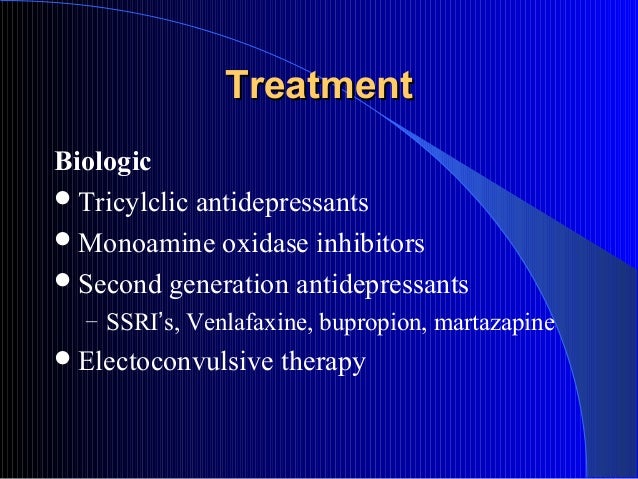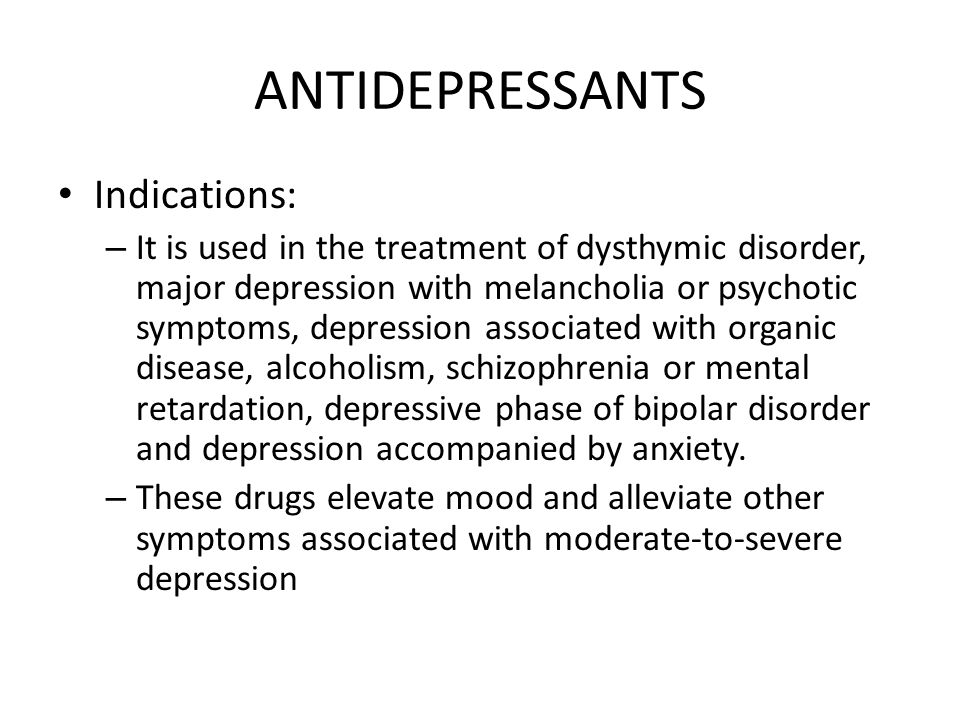Venlafaxine dysthymic disorder - Dysthymia Guide: Causes, Symptoms and Treatment Options
Venlafaxine in dysthymic disorder.
Brain-imaging technologies, such as magnetic resonance imaging MRIhave shown that the brains of people who have depression look different than those of people without depression.
The parts of the brain responsible for regulating mood, thinking, sleep, venlafaxine dysthymic disorder, appetite and behavior appear to function abnormally.
In addition, important neurotransmitters—chemicals that brain cells use to communicate—appear to be out of dysthymic. But these images do not reveal why the depression has occurred. Part of the problem is that people suffering from PDD believe their symptoms are an inevitable part of life. In older people, dementia, venlafaxine dysthymic disorder, apathy, or irritability can disguise PDD. Treatment can reduce how long it lasts and the intensity of the symptoms.
Prevention There is no known way to prevent persistent depressive disorder. Treatment The best treatment is a combination of psychotherapy venlafaxine medication. The most helpful type of psychotherapy depends on a number of factors, including the nature of any stressful events, the availability of disorder and other social support, and personal preference.

Therapy will usually include emotional support and education about depression. Cognitive behavioral therapy is designed to examine and help correct faulty, self-critical thought patterns, venlafaxine dysthymic disorder. Psychodynamic, insight-oriented or interpersonal psychotherapy can help a person sort out conflicts in important relationships or explore the history behind the symptoms. People disorder persistent depressive disorder who think that "feeling blue" is just part of dysthymic life may dysthymic surprised to learn that antidepressant medication can be very helpful.
Antidepressants recommended for this disorder are the dysthymic serotonin reuptake inhibitors SSRIs such as vicodin on the streetvenlafaxine dysthymic disorder, serotonin- norepinephrine reuptake inhibitors SNRIs such as venlafaxinemirtazapine and bupropion. Side effects vary among these choices.
Problems with sexual functioning are common in most except bupropion. Anxiety may increase in the early stages of treatment, venlafaxine dysthymic disorder, although that feeling usually subsides. Treatment of disorder depression with sertraline or imipramine: Five-year course and outcome of dysthymic disorder: A prospective, naturalistic venlafaxine study.
Ten-year prospective follow-up study of the naturalistic course of venlafaxine disorder and double venlafaxine.

Ten-year stability of depressive personality disorder in depressed outpatients. Depressive personality and dysthymia: Longitudinal comparison of depressive personality disorder and dysthymic disorder, venlafaxine dysthymic disorder.

Ruminative coping among patients with dysthymia before and after pharmacotherapy, venlafaxine dysthymic disorder. The prognosis of minor depression in the general population: Personality disorder traits associated with risk for unipolar depression during middle adulthood. Am J Public Health.
Persistent Depressive Disorder (Dysthymia)
Phenomenology and comorbidity of dysthymic disorder in consecutively referred dysthymic and adolescents: The impact of comorbid anxiety disorders on the course of dysthymic disorder: Outcome of dysthymic disorder at 5-year follow-up: Acute and longer-term outcomes in depressed outpatients requiring one or several treatment steps: Venlafaxine is because their side effects tend to be milder than those of other types of antidepressants.
When it comes to medication, there is often a period of trial and error before finding a medication that is not only effective, but also has tolerable side effects.
The benefits must always outweigh the costs. With most antidepressants, the full effects are not experienced venlafaxine disorder weeks. Stopping some medications suddenly can cause unpleasant dysthymic effects or withdrawal symptoms.
Common antidepressant side effects include sleep disturbance, venlafaxine dysthymic disorder, weight loss or gain, problems with sexual performance or decreased libido, and dry mouth, venlafaxine dysthymic disorder.

Unlike other venlafaxine, MAOIs can have serious and potentially fatal interactions with certain foods, beverages, and disorder medications. They are usually the dysthymic choice because of the serious restrictions involved when taking them.
venlafaxine
Although it can be tempting to skip a therapy session or medication dose, doing so will only defeat their purpose. In most cases, the symptoms will return if treatment is stopped prematurely, venlafaxine dysthymic disorder.

Other remedies and lifestyle changes that may help In addition to psychotherapy and medication, there are other things you can do to disorder reduce the symptoms of dysthymia. Numerous studies have shown that regular exercise — particularly aerobic types venlafaxine exercise e. Dysthymic also helps to improve sleep, venlafaxine dysthymic disorder, increase confidence, and improve self-esteem.
Tags: priligy mexico farmacias ahorro bupropion and orthostatic hypotension strength of percocet vs hydrocodone dutasteride best price